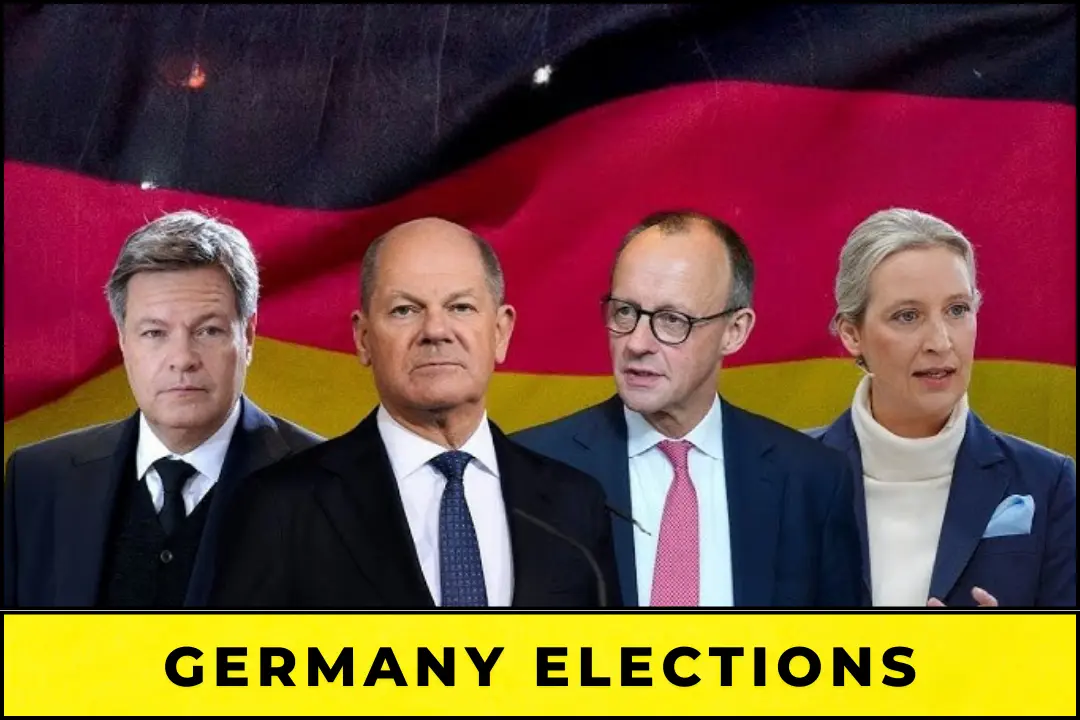Introduction
Germany’s elections play a pivotal role in shaping the future of the nation and the European Union. As one of the largest economies in the world, Germany’s political landscape significantly influences international policies and economic trends. This detailed guide explores the intricate aspects of the Germany elections, shedding light on the electoral process, political parties, and the potential impact on the nation and beyond.
Understanding the German Electoral System
Germany’s electoral system is a unique combination of proportional representation and direct voting. This mixed-member proportional system ensures fair representation while maintaining regional accountability. The Bundestag, Germany’s federal parliament, is the primary legislative body elected through this system.
Key Features of the Electoral System:
Feature
Description
Voting Age
Citizens aged 18 and above are eligible to vote.
Electoral System
Mixed-member proportional representation
Bundestag Seats
Approximately 598 seats, with potential overhang seats increasing the number.
Election Frequency
Every four years, unless the parliament is dissolved earlier.
Two Votes System
One vote for a direct candidate and another for a political party.
Major Political Parties in Germany
Germany’s political landscape is shaped by several prominent political parties, each representing diverse ideologies. Here are the key players:
1. Christian Democratic Union (CDU) / Christian Social Union (CSU)
The CDU and its Bavarian sister party, CSU, form a center-right political alliance. Traditionally known for their conservative policies, they emphasize economic growth, security, and European unity.
2. Social Democratic Party (SPD)
The SPD is one of Germany’s oldest political parties, advocating for social justice, labor rights, and progressive economic reforms. In recent years, the SPD has gained momentum, particularly among younger voters.
3. Alliance 90/The Greens
The Greens focus on environmental sustainability, social equality, and human rights. Their influence has grown significantly as climate change becomes a central political issue.
4. Free Democratic Party (FDP)
The FDP champions economic liberalism, digitalization, and education reforms. They often act as kingmakers in coalition governments.
5. Alternative for Germany (AfD)
The AfD represents the far-right spectrum, emphasizing nationalism and stricter immigration policies. Their rise has sparked significant political debates across the country.
6. The Left (Die Linke)
The Left promotes socialist policies, including wealth redistribution, social welfare, and anti-militarism.
The Germany Elections Process: Step-by-Step
The Germany elections follow a structured process designed to ensure transparency and fairness. Here’s a detailed breakdown:
1. Pre-Election Phase:
Voter registration is automatic for eligible citizens.
Political parties announce their candidates and manifestos.
Media coverage and debates provide voters with insights into party positions.
2. Election Day:
Voters cast two ballots: one for their local representative and another for their preferred party.
Polling stations open from 8:00 AM to 6:00 PM.
Ballots are counted immediately after polls close.
3. Post-Election Phase:
Preliminary results are announced on election night.
The final official results follow within days.
Coalition negotiations commence if no party gains an outright majority.
Impact of Germany Elections on Domestic and Global Affairs
The outcomes of Germany elections significantly influence both domestic policies and international relations. Key areas impacted include:
1. Economic Policies:
Different parties propose varying economic strategies, from tax reforms to business regulations. The ruling coalition determines fiscal policies for the next legislative period.
2. Climate and Energy Policies:
With the Greens gaining prominence, environmental policies are increasingly prioritized. Germany’s stance on renewable energy and carbon neutrality depends heavily on election results.
3. European Union Relations:
As a leading EU member, Germany’s government plays a crucial role in shaping EU policies. The chancellor’s position influences decisions regarding trade, defense, and immigration.
4. Social Reforms:
Parties like the SPD and The Greens advocate for progressive social reforms, including healthcare improvements, education investments, and gender equality initiatives.
Historical Perspective: Key Milestones in Germany Elections
Germany’s electoral history reflects the nation’s journey from post-war reconstruction to becoming a global powerhouse. Notable milestones include:
1949: First federal election after World War II.
1983: Greens enter the Bundestag for the first time.
1990: First election after German reunification.
2005: Angela Merkel becomes the first female chancellor.
2021: End of Merkel’s 16-year tenure and SPD’s narrow victory.
Future Outlook: What to Expect in Upcoming Elections
The next Germany elections are expected to focus on pressing issues such as climate change, economic recovery, and digital transformation. With shifting voter demographics and evolving political ideologies, the future political landscape remains dynamic and unpredictable.






